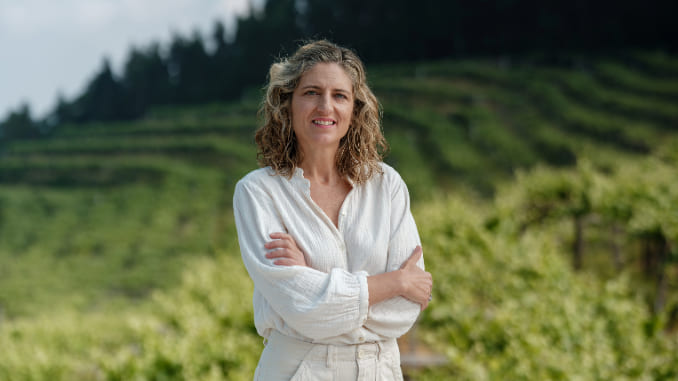In Rías Baixas, Women Winemakers Take the Helm
Photo courtesy of Rías Baixas
When you think of Spanish wine, your mind might first land on the full-bodied Tempranillo of Rioja or the salty aged sherries of Jerez de la Frontera. But Spain also boasts options for lovers of light and refreshing albeit concentrated and complex white wines, perfect for enjoying alongside Spain’s coastal, seafood-forward fare. Perhaps the best-known of these whites is Albariño, grown in Galicia, located in the coastal northwest of Spain, immediately north of Portugal. One of the appellations here is known as Rías Baixas, and in addition to its crisp, undeniably delicious white wines, it’s famous for its high proportion of female winemakers—over 50% of the winemakers in the region are women.
This phenomenon isn’t anything new, according to Paula Fandiño, winemaker at Mar de Frades. “In Galicia, especially along the Galician coast, women have historically taken on significant responsibilities due to men being away at sea for months at a time,” she explains. Winemaking is a finicky, time-intensive process, and seafaring certainly isn’t a part-time job. Therefore, women took the winemaking helm and have never looked back. This historical reality, Fandiño says, “has fostered leadership skills in women, enabling them to lead major projects today.”
The wine industry is a famously male-dominated space, which makes Rías Baixas a pioneer in this regard. But just because women play a leading role in the region’s wine industry doesn’t mean they are immune to the difficulties that women experience in any professional setting. “The current barrier we face lies within the vineyard,” explains Fandiño. “The viticulturists don’t always pay as much attention to the advice and recommendations that a woman offers regarding vineyard cultivation as opposed to if this advice were shared by a man.” Despite a long history of women’s winemaking success in the region, sexism still plays a role in shaping the industry. “I would say there is still progress to be made in this area,” says Fandiño.
-

-

-

-

-

-

-

-

-

-

-

-

-

-

-

-

-

-

-

-

-

-

-

-

-

-

-

-

-

-

-

-

-

-

-

-

-

-

-

-








































